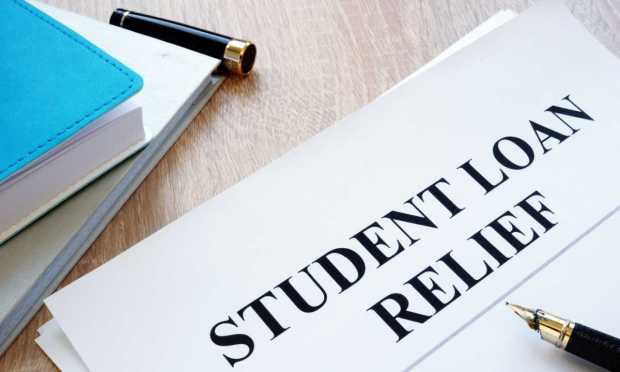Biden Looks to Halve Student Loan Payments for Some Borrowers

The Biden Administration has proposed an income-driven repayment plan designed to ease student loan debt.
The proposed regulations, announced Tuesday (Jan. 10) would amend the terms of the Revised Pay As You Earn (REPAYE) plan to offer $0 monthly payments for borrowers who make less than roughly $30,600 per year, or borrowers in a family of four making under $62,400.
In addition, the changes would also halve the monthly payments for “borrowers who do not otherwise have a $0 payment in this plan,” the U.S. Department of Education said on its website. And the regulations would also ensure borrowers no longer see balances grow due to accumulated unpaid interest after making monthly payments.
“We cannot return to the same broken system we had before the pandemic when a million borrowers defaulted on their loans a year and snowballing interest left millions owing more than they initially borrowed,” said Education Secretary Miguel Cardona.
The new regulations come as the White House is awaiting a Supreme Court ruling on its student loan forgiveness plan, following a challenge by a group of Republican attorneys general from six states. They claim President Biden does not have the authority to erase student debt.
As PYMNTS wrote last year, while student debt cancellation might be a “political football,” it’s also likely to be a boon to paycheck-to-paycheck consumers, and thus, to the larger economy.
Data from the Education Data Initiative shows households in the middle-class income bracket owe on average $43,090 in student loans, while the lowest income households owe an estimated 12% of all student debt, which translates to roughly $204 billion.
The student loan debate is happening as Americans are under increasing economic pressure from other fronts. This week saw the release of a Federal Reserve report showing that revolving credit climbed at an annual rate of 16.9% during the month, while nonrevolving credit increased at a yearly rate of 3.9%.
Research by PYMNTS has shown that households living paycheck to paycheck may be more likely to borrow money or lean on credit to pay bills, causing more debt and financial strain.
Meanwhile, Wall Street and banks are getting worried about car buyers’ growing debt load.
They warn that the size of outstanding auto loans — which grew from $1.44 trillion to $1.52 trillion between 2021 and 2022 – puts both borrowers and lenders at risk.
